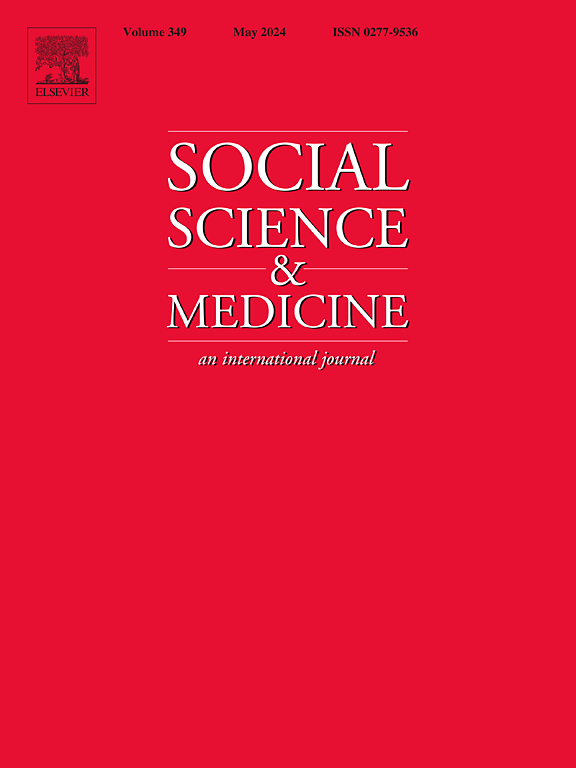Examining how social class discrimination is associated with combustible tobacco use, nicotine vaping, and dual use among adolescents in California
IF 4.9
2区 医学
Q1 PUBLIC, ENVIRONMENTAL & OCCUPATIONAL HEALTH
引用次数: 0
Abstract
Adolescents who are disadvantaged in social class are twice as likely to use tobacco than their counterparts. Despite extensive research showing how social class is associated with using tobacco products, there is limited knowledge about the association between the discrimination that adolescents experience because they are disadvantaged in social class and their use of tobacco products. To provide new knowledge, this cross-sectional study examined the association between social class discrimination and tobacco use among 1,678 adolescents at two public high schools in California. Social class discrimination was measured by assessing adolescents’ experiences based on their social class. Tobacco use was measured with lifetime and past month use of combustible tobacco and nicotine vaping products, categorized into groups: no use, combustible tobacco use only, nicotine vaping use only, and dual use of combustible tobacco and nicotine vaping products. Multinomial logistic regression indicated that social class discrimination was positively associated with lifetime combustible tobacco use (RRR = 1.61), lifetime dual use (RRR = 1.42), and past month dual use (RRR = 1.81) compared to no use. Race/ethnicity modified these associations. Findings underscore the need for interventions addressing social class discrimination as a key social determinant of health to reduce tobacco use and mitigate health disparities among adolescents.
求助全文
约1分钟内获得全文
求助全文
来源期刊

Social Science & Medicine
PUBLIC, ENVIRONMENTAL & OCCUPATIONAL HEALTH-
CiteScore
9.10
自引率
5.60%
发文量
762
审稿时长
38 days
期刊介绍:
Social Science & Medicine provides an international and interdisciplinary forum for the dissemination of social science research on health. We publish original research articles (both empirical and theoretical), reviews, position papers and commentaries on health issues, to inform current research, policy and practice in all areas of common interest to social scientists, health practitioners, and policy makers. The journal publishes material relevant to any aspect of health from a wide range of social science disciplines (anthropology, economics, epidemiology, geography, policy, psychology, and sociology), and material relevant to the social sciences from any of the professions concerned with physical and mental health, health care, clinical practice, and health policy and organization. We encourage material which is of general interest to an international readership.
 求助内容:
求助内容: 应助结果提醒方式:
应助结果提醒方式:


